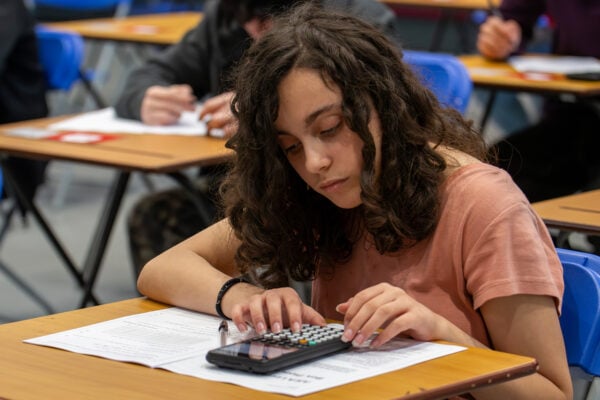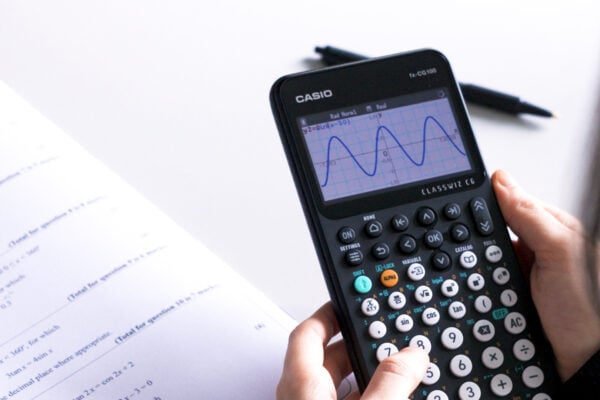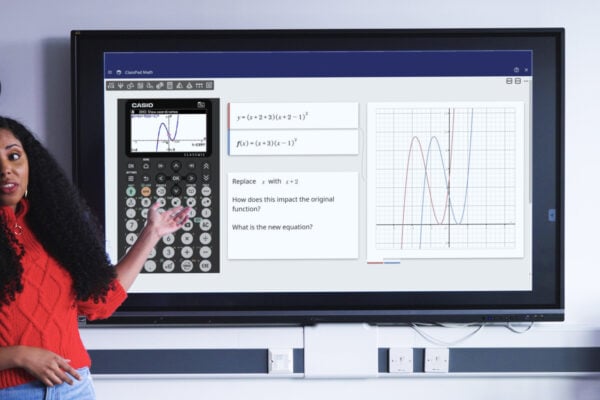Let’s meet Grace Hopper, The pioneer of electronic computers

Grace Hopper, born in December 1906 was an American computer scientist and Navy rear admiral. Grace was one of the first programmers of the Harvard Mark I computer, she was also a pioneer of computer programming and invented one of the first linkers!
A risk-taker and an innovator, she enjoyed a long and influential career in the U.S. Navy and the computer industry. She proudly flew the flag for women in STEM, which at this time in history was rare.
So, let’s delve a little deeper.
Education and early years
Grace Hopper was born in New York City in 1906. In 1928, Grace graduated from Vassar College with degrees in both mathematics and physics. After receiving her master’s degree in mathematics from Yale, Hopper began teaching mathematics at Vassar while pursuing her doctorate. She completed her PhD in mathematics from Yale in 1934.
During a one-year sabbatical from Vassar, Hopper studied with the famous mathematician Richard Courant at New York University.
Service in the Navy
After the bombing of Pearl Harbor and the United States entry into World War II, Grace decided she couldn’t sit back and watch the events unfold without getting involved herself.
Grace was initially rejected because of her age, at age 34, she was too old to enlist. She was also turned away because of her small size, but she persisted and eventually received a green flag to join the U.S. Naval Reserve.
In December 1943, she took a leave of absence from Vassar, where she was an associate professor. She then completed sixty days of intensive training at the Midshipmen’s School for Women at Smith College in Northampton, Massachusetts.
After receiving her commission, Hopper became part of the Bureau of Ships Computation Project at Harvard University. She joined a team working on the IBM Automatic Sequence Controlled Calculator (MARK I), the first electromechanical computer in the United States.
Hopper and her colleagues worked on top-secret calculations, computing rocket trajectories, creating range tables for new anti-aircraft guns and calibrating minesweepers.
Once the war ended, Hopper turned down a full professorship at Vassar to continue her work with computers. In 1946, she left her service when the Navy declined her request for a regular commission due to her age, but she remained a naval reservist.
From 1946 to 1949, she continued to work on the MARK II and MARK III computers under Navy contracts. But at the end of her three-year term as a research fellow, she left Harvard because there were no permanent positions for women.
A pioneer in programming
In 1949, Grace joined the Eckert-Mauchly Computer Corporation in Philadelphia as a senior mathematician. The company had built the first electronic computer under army contracts.
Grace worked on the UNIVAC I and II and pioneered the idea of automatic programming, exploring new ways to use the computer to code. In 1952 she developed the first compiler called A-0, which translated mathematical code into machine-readable code, an important step toward creating modern programming languages.
In 1953, Grace proposed the idea of writing programs in words, rather than symbols. She started working on an English-language compiler, and by 1956 her team was running FLOW-MATIC, the first programming language to use word commands.
Throughout Grace’s career in the computer industry, she remained a reserve in the Navy. In 1966, age restrictions forced her to retire from the Navy as a commander. She later called it “the saddest day of my life.” But months later, she was recalled to active service to help standardise the Navy’s multiple computer languages and programs.
A skilled teacher
Grace was not only a brilliant mathematician and computer scientist; she was also a gifted teacher.
During the 1960s and 70s, Grace taught at Penn, George Washington University, and for the U.S. Naval Reserve. Outside of school, she organised workshops and conferences to promote the understanding of computers and programming.
In her remarks upon accepting the National Medal of Technology, Hopper said:
“If you ask me what accomplishment I’m most proud of, the answer would be all the young people I’ve trained over the years; that’s more important than writing the first compiler.”
An inspiration for women in STEM
Grace’s success in the field of STEM came at a time when opportunities were growing for women. As surprising as it may sound, a reasonably high number of women in the U.S. were receiving doctorates in the 1920s and 30s.
These numbers weren’t reached again until the 1980s. Although the number of women receiving doctorates was increasing, Grace was still an anomaly. For a woman to have achieved so much success in a male-dominated field, including the U.S. Navy, was exceptional.
Until the end of her life, Grace was inspired by new technologies and their problem-solving capabilities.



